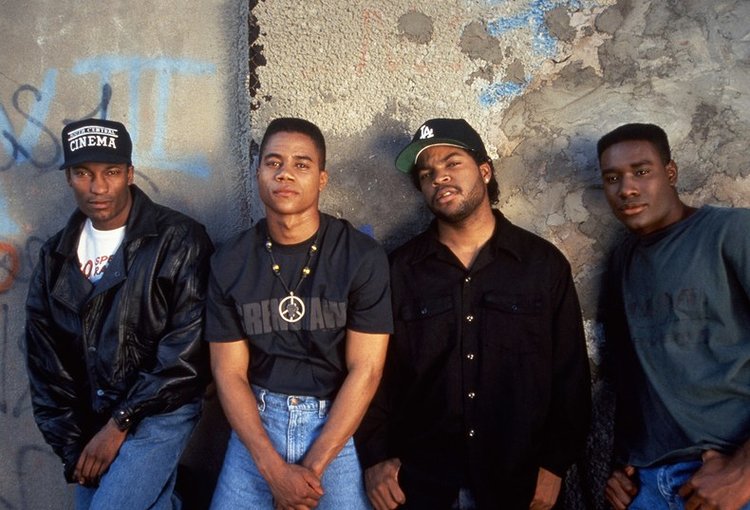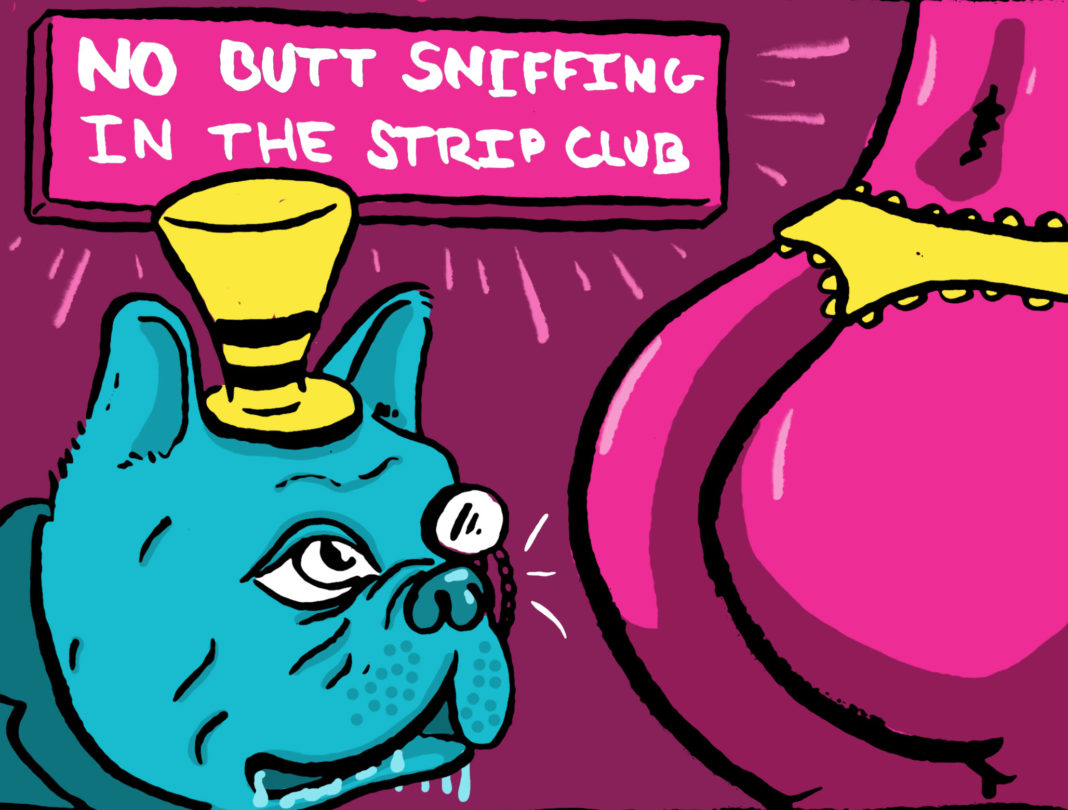Boyz N The Hood is a 1991 film infused within the American cinema lexicon and has become a film nearly everyone knows of, even if they’ve never watched it or understand what it’s about.
John Singleton’s depiction of Southern Los Angeles was a first in many ways, as it staged the debut for both Singleton as a writer and director and for Ice Cube as a professional actor. At the time, Ice Cube was largely unknown to the Hollywood community although he had already made a name for himself in the music industry through the L.A. rap group N.W.A. In 2018, however, Boyz best functions as both a time capsule and a representation of how little progress has been made for socioeconomic disparities in the United States.
Compared to the early 90s, California now occupies a vastly different space within American pop culture. Singleton does a terrific job of capturing L.A.’s South Central and depicting a time when the local crime rate represented an ugly high mark on the state’s crime record. According to the Los Angeles Times, violent crime is dropping in LA, and statistics have been historically tweaked by the police in the past by reporting aggravated assaults as “simple assaults,” which don’t count toward violent crime statistics.
While the specific socio-economic situation of the era may be gone, many of the struggles the characters go through are still all too real for many Americans today. Police brutality, racial profiling, systemic poverty and institutionalization—along with the social impetus to make it no matter the cost—are themes, I fear, that will remain relevant for many years to come. Singleton wraps Boyz timeless themes in a coating of early 90s goodness, but the sweet beats from Newcleus and Run D.M.C. don’t make the reality of the film any less bitter.
Having not seen the film in many years, I was more than a little shocked at how relevant the film still is today. However, I’m not sure if this says more about the quality of the film or the state of our country.
The film may be more widely known and appraised than Chameleon Street or La Noire de, but Boyz N The Hood is no less important as a landmark work of Black filmmaking. The visual iconography of the film—hood fashion, MAC-10s, low riders—have been co-opted and appropriated over the years, but Singleton’s frustration and anger at the poverty and violence endemic to 1990s South Central should not be forgotten.






